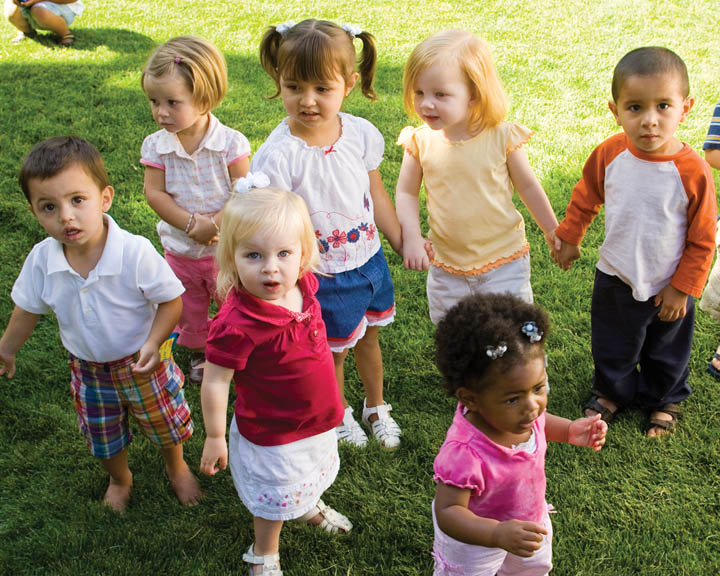
IN A VIRAL Facebook video, 8-year-old Daisy Edmonds criticized gender specific marketing for children’s clothing in a UK Tesco. Daisy expressed justifiable annoyance when clothing in the section designated for boys encouraged imagination, adventure, and individuality while the section designated for girls was scant in anything other than statements grounded in beauty or glamour.
“It’s unfair, because everyone thinks that girls should just be pretty and boys should just be adventurous. I think that is wrong. Why should boys’ and girls’ clothes even be separated because we’re just as good as each other,” Edmonds said. The shirts that Daisy pointed out in the boys’ section bore statements such as “Think Outside the Box” and “Hero,” while those in the girls’ section merely had statements such as “Hey” or “Beautiful.” Although only 8 years old, Daisy raises a good question: In an age where we teach children that no gender identity is inherently better or worse than the other, why do we still accept this separation of genders even when children may not even have a concept of what “gender” is?
Nobody is born knowing what their gender identity is, let alone what the definition of it is. That knowledge is taught to us on the basis of “biological sex” — or the existence of certain sex organs which allow us for form a binary for identification. It is within this system that we develop a gender binary of a person only being a boy or a girl. This binary is the basis on which many people base gender stereotypes and biases, and create a divide in modern society. In recent years, however, there has been more of a push to acknowledge that sex and gender are not inherently linked as well as the existence of gender nonconforming identities and the use of “they” and “them” pronouns. This also includes the term “transgender” being used to be inclusive of these identities and create an umbrella term, which gender nonconforming people may or may not ascribe to. However, terminology and technicality aside, it is important that we continue to push the distinction between sex and gender especially when so many children can see that it truly does not matter.
When we continue to teach this rigid boundary between genders we begin to invalidate the experiences of people who don’t feel as though they fit into this binary quite as neatly as people would like them to. Many of these identities manifest in childhood and are suppressed by adults who feel that “it’s just a phase” or their child is “confused.” This mentality does little more than stunt a child’s growth or teach them to dislike themselves. What should be done is making sure different gender identities are normalised and that people understand them by making them part of something like sex education. This strict distinction does nothing but divide people and make it easier to hold prejudice and biases against them strictly because of their identify.
Subscribe to the Mossy Log Newsletter
Stay up to date with the goings-on at Lewis & Clark! Get the top stories or your favorite section delivered to your inbox whenever we release a new issue.

Leave a Reply